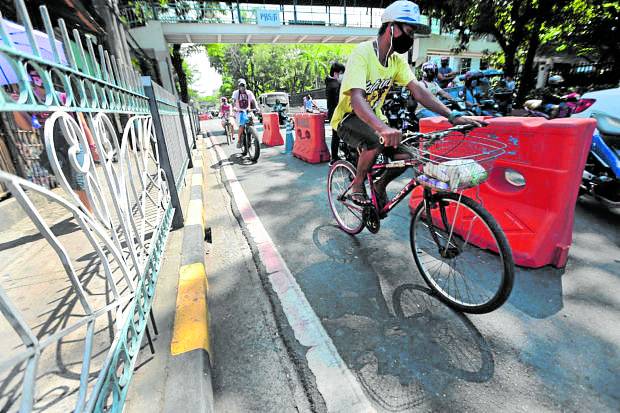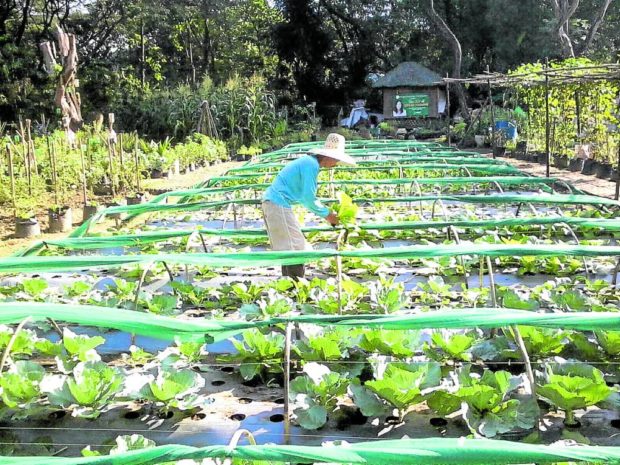One of the Sustainable Development Goals (SDG) adopted by the Philippines in 2015 as a member state of the United Nations was to ensure that cities and human settlements are sustainable, resilient and safe.
Sustainable cities, as defined by the Institute for Sustainable Communities (ISC), refer to places that “manage its human, natural and financial capital to meet current needs while ensuring that adequate resources are available for future generations.”
Globally, one of the pioneer model cities for sustainability is Curitiba, Brazil’s seventh largest city and dubbed as the “greenest city on Earth.” Previously an agricultural city, Curitiba became a metropolis that was able to successfully implement green programs such as a garbage-for-food program. It was also able to retain more than 50 sqm of greenery per resident.
Philippine cities and towns, too, have started to consciously adopt green initiatives and implement policies that are designed to be long lasting and beneficial for the whole community. At the same time, these measures have also become crucial in ensuring resiliency against disasters and calamities.
Pasig City’s bike-friendly roads
In April last year amid the hard lockdown, Pasig introduced bike lanes in the city, becoming the first local government to recognize biking as a necessary mode of transport.
Bike lanes, which were put up along major arteries in the city such as Caruncho, Market, and Amang Rodriguez Avenues, were implemented through an executive order and a city council resolution. This made the city bike-friendly and encouraged essential workers to turn to two-wheelers to get to their workplace.
Sidewalks were also extended on major streets, giving importance to pedestrians and residents who were forced to walk, as all forms of public transport were banned during the first few months of the pandemic.
Urban farming in Muntinlupa and Quezon City
The local governments of Quezon City and Muntinlupa promoted urban or backyard farming by providing seedlings and teaching technical skills to their residents.
As early as 2010, Quezon City started the “Joy of Urban Farming” program, which was intensified during the pandemic. It called for the establishment of the Quezon City Food Security Task Force, which led to initiatives on food security. Under the project, resident gardeners in model community farms in one barangay may offer seedlings in exchange for those produced in other barangays.
In November this year, Muntinlupa City launched its “City Demo Farm,” the first hydroponics system operated by a local government unit in Metro Manila. It features a landscaping area with organic fruits and vegetables as well as agricultural technologies and systems, which can be viewed by the public to get educated on hydroponics and be inspired to replicate such systems in their communities.
Guiguinto town‘s “refill revolution”
In April 2018, the local government of Guiguinto in Bulacan province started its campaign to reduce plastic pollution called “refill revolution,” wherein residents brought condiments that would be placed in their own tumblers and bottles.
The program, which discouraged residents from buying goods in plastic sachets, involved manufacturers that sold commodities such as kitchen oil for P50, a liter of vinegar and soy sauce for P10, and liquid detergent for P30.
Santa Rosa City’s clean air action plan
The industrial center of Laguna province was cited by the World Wide Fund for Nature (WWF) for the city’s partnership with the Polytechnic University of the Philippines (PUP) in data gathering and processing for its formulation of a clean air action plan. Its partnership involved students who gathered household data to establish the city’s emission patterns, helping Santa Rosa understand its climate situation.
Sources: Inquirer Archives, Ph.undp.org, Sdg.neda.gov.ph, Wwf.org.ph, Muntinlupacity.gov.ph



